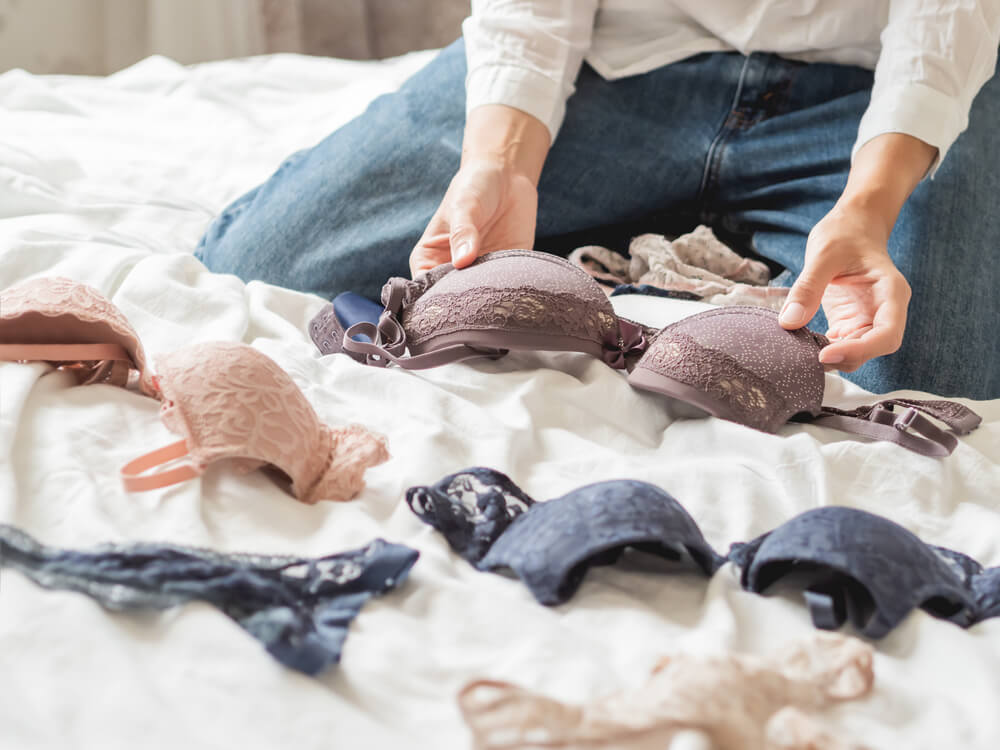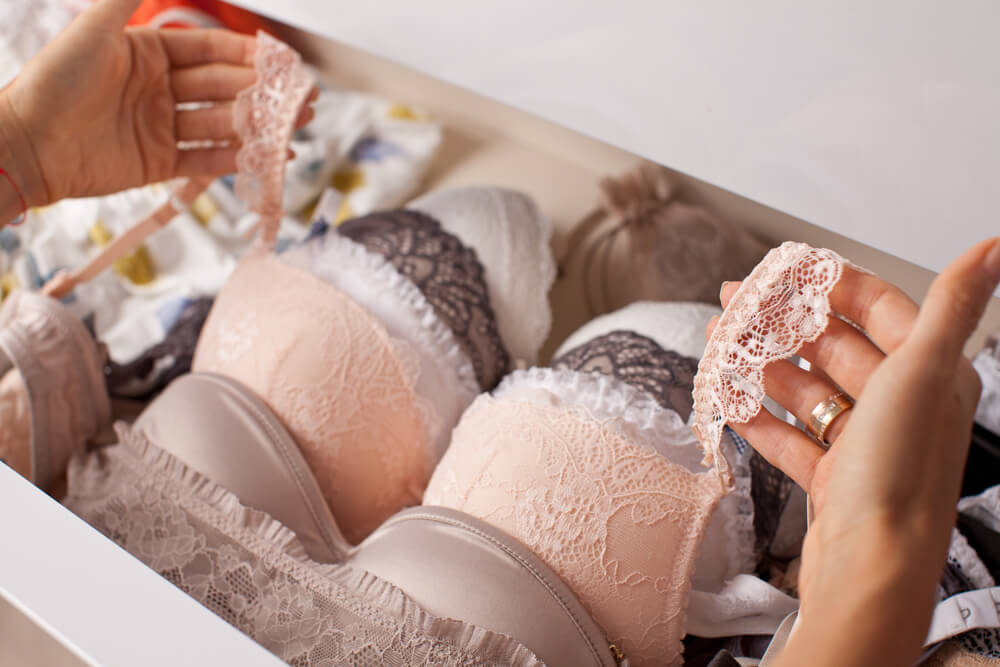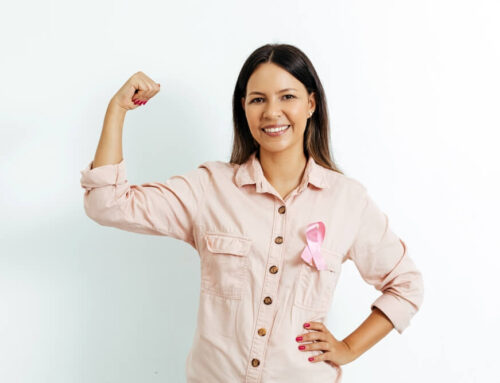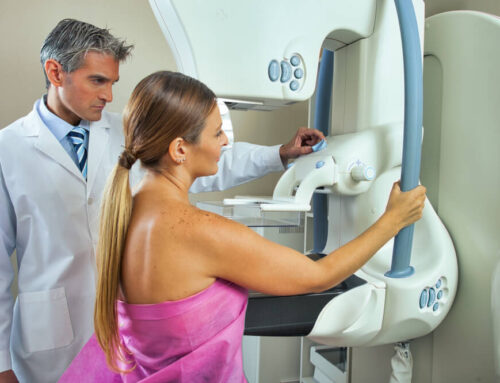For many women, lingerie shopping is a fun activity. Many times, you can simply find unique pieces that look smashing on you, while other times, you can imagine yourself in seductive lace and supportive underwear. While some women see lingerie shopping as fun, others have to live a horror story, especially when choosing a new bra. Choosing a bra size, shape, and material is not an easy feat, and you can get frustrated in a blink of an eye. If you’ve ever left the store empty-handed or with a bra that doesn’t suit you at all, here’s a little guide that will ensure you know how to choose the right bra for any occasion.
Flirt With Different Sizes
Bras are not the only item that’s difficult to look for. Like with jeans, we have a broad mixture of bra sizes, and all different brands have ones that are unique to them (size often even varies from style to style). To ensure they buy the right bra, women have to know their real size and “sister size.” If a true size model doesn’t fit perfectly, the sister size might work better. To calculate your sizes, keep this in mind: if you choose the bigger cup size, reduce the band size and the other way round. So, for instance, if you’re usually a 32C, your sister sizes are 30D and 34B. If you decide to switch brands or broaden your bra horizons, it’s great to know your sister size. It’s also great information to have in case you have an actual challenging size. There are bra types for different shapes, and women with large cups but small band sizes and will significantly benefit from the sister sizing.
Don’t Be Scared to Do Some Math

To calculate the right bra size, you will need to do some math. A proper bra size combines the dimensions of the cup (from AA to M) and band size (from 28 to 44). If this is your first time trying out different sizes of brazier, it’s best to ask for professional help. Most likely, you will find so much about your breasts and their size and finally manage to find something that’s comfortable and supporting. If you don’t have access to professionals, you can measure it by yourself with tape. You’ll need to note down two measurements—under your bosom and around the back for band size, over your nipples, and around the back for cup size. When you get these two numbers, subtract the disparity. For instance, if your bosom is 35 inches and ribcage is 32 inches, 35-32 equals 3, which coincides with the letter C. The first number stays 32, which is the measurement of your band.
Round up for Two Different Breast Sizes
Many women have breasts of variable sizes, which is completely normal. Usually, that difference is barely noticeable, but in some cases (after surgery, for instance), it can make finding the right bra even harder. So, it’s best to accommodate the bigger breast. For example, choose a brazier with exchangeable pads and ditch them on the bigger side to achieve even bra cup shapes.
Try Different Types of Bra
You might be comfortable with one bra model, but if you just experiment with different kinds, you’ll discover a whole other world of bra types for different shapes and sizes. The best thing you can do is get a versatile bra type that can be worn every day. According to both experts and bra users, every woman needs a traditional bra like a t-shirt bra in her skin tone or black or white—this will go well with most of your clothing. However, you want to have multiple bras so you can wash them regularly and allow the bra to retain its shape for longer. Next, it’s wise to invest in a sports bra to provide maximum comfort during exercise and reduce bounce and injury. There are different sports bras for activities that require additional support (for instance, running vs. yoga). If you spend a lot of time at the gym, have at least two of these sports bras, so you don’t have to do laundry constantly.
Additionally, it’s smart also to have a convertible bra that can turn into a strapless racerback, halter, or criss-cross model and thus, fit every occasion. And when you’re traveling or just relaxing at home, you might benefit from a comfy non-underwire bra or bralette—just make sure you can adjust straps for extra comfort and fit.
Examine Your Band
When trying out different sizes of brazier, make sure always to pay attention to the band. This part of the bra should be parallel to the floor and resting comfortably, not hitching on the sides or lifting the back. In case you notice any bulging or discomfort, you’re not receiving the right support—and that’s the most important role of the band. In practice, the thicker the band, the more support it offers, and it will stay where it should without any discomfort.
To see whether the band really fits you or not, try to put your finger betwixt your band and your back—you should be able to do that with only a bit of stretch. If you notice that the underwire squeezes your breasts or dig into your sides, you need a bigger model.
What if the Straps Are Digging Into Your Shoulders?
When trying out bra types for different shapes, you will certainly run into models and sizes that cause your breasts to “spill out” around the edges. This means you’re putting too much pressure on your straps to hold everything in place. This is not a good practice, and you might consider getting different bra cup shapes or sizes.
Your straps can dig into your shoulder if you choose a band size that’s too big, leaving all the support work to straps. To see whether that’s the case, look in the mirror. Are the straps pulling your band up? In that case, you should consider a smaller band size.
Take a Look at “The Gore”

When learning how to choose the right bra, not many women pay attention to “the gore” or that piece of fabric between the cups. This part should lay flat against your breast bone to anchor your bra properly. If the gore is moving around or floating, it will cause a lot of shifting of the band and cups. The only exception to this rule is wire-free bras that don’t have these gores that have to sit flat.
See How the Wires Fit
According to experts, another thing to pay attention to when bra shopping is the position of the underwires. These wires need to sit perfectly below your breasts and enclose the breast tissue. In case you notice the wire resting on top of your breast or poking you in the sides, you will most likely need to look into different sizes of the brazier.
If you have any questions or concerns about which bra is best for you, feel free to contact us at Breast Care Center Miami.






